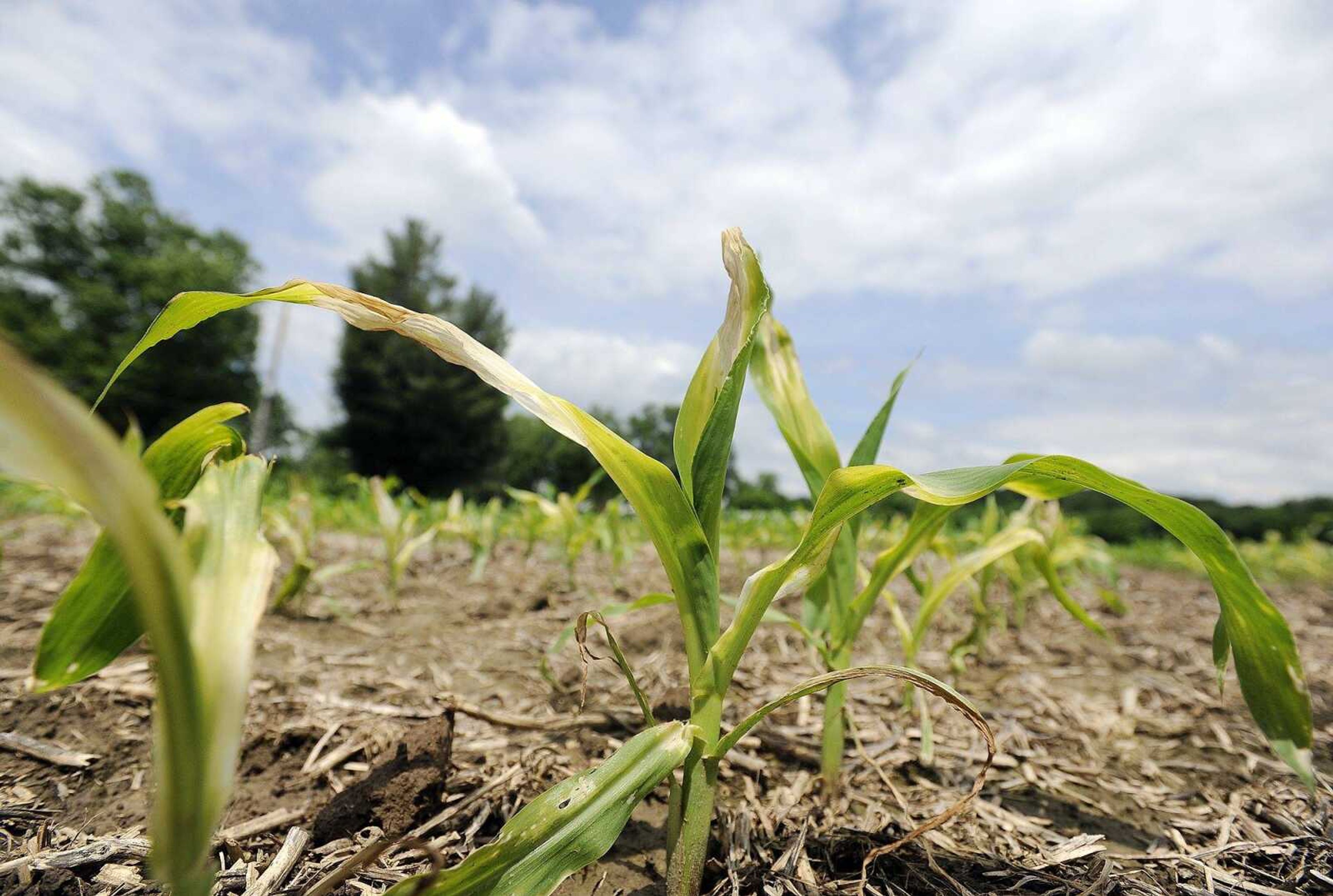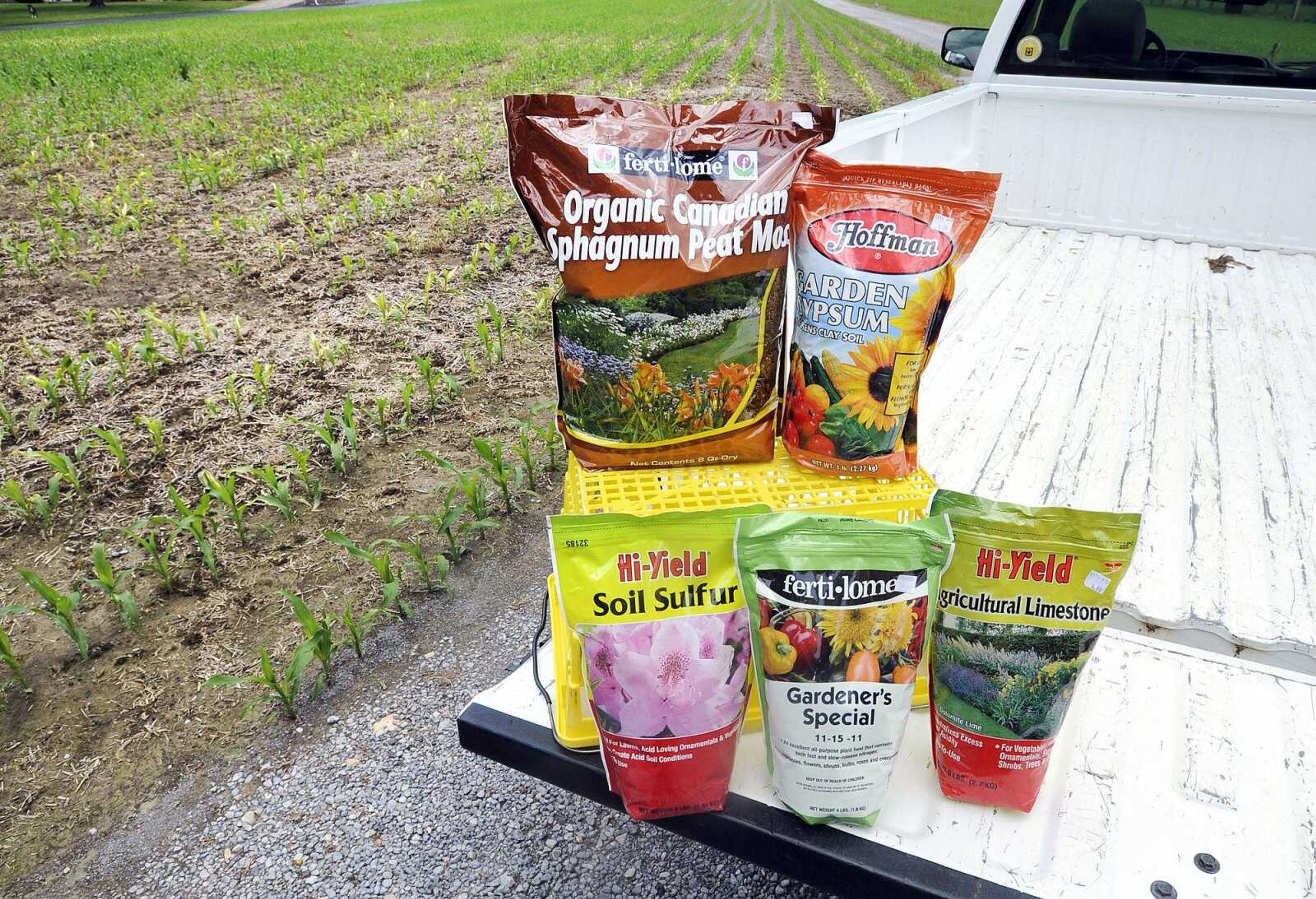By Paul Schnare
As I write this, I am shivering a little. The recent cool and wet spring weather has me thinking about pulling out my winter clothes. It also has me thinking about the effect these environmental conditions have on garden plants.
My front acreage was planted in field corn about three weeks ago. It was slow to come up because of the cool temperatures. When it did finally emerge and grow to about 3 inches tall, we got another cool spell and some frost. The frost turned some of the stems a bright yellow.
Then we got some warm temperatures and the stems greened up. When we had a few days of temperatures in the 70s, it would grow in height about 2 to 3 inches overnight. Now with the cool temperatures and cloudy conditions, it is beginning to yellow again.
I have heard gardeners also bemoan the weather conditions and how they have affected their vegetable and flower gardens. Their plants are slow to grow. The foliage has yellowed and root growth almost has ceased.

So what is a gardener to do besides pray for warmer and drier weather? Here are a few suggestions.
First make sure you have fertilized your young vegetable and flower plants with an unbalanced fertilizer. I like to use something like an 11-15-11.
The first number is nitrogen. This is needed to get plant stems greening up and elongating and producing more leaves.
The middle number is phosphorous, the nutrient that encourages plant root development. It is important to have this number larger than the first one because you want to make sure your new plants spend a lot of their energy at first, producing roots at the expense of shoots. They need a good foundation to produce flowers and fruit.
You also should check the pH of the soil you are planting in. The pH for most vegetable and flower gardens needs to be about 6.5 in our area. The pH determines which nutrients in the soil are available for plant uptake. If you need to adjust the pH, use soil sulfur to reduce the pH and lime to increase the pH. If the pH is incorrect for the plants you are growing, your soil may have the correct nutrients in it for plant growth, but they will not be available for plant uptake.
If your soil has a lot of clay in it, you may want to mix organic matter such as peat moss or compost into the soil. This will help break up the clay bonds and make the soil looser and more plant friendly.
You also can apply gypsum to the soil. This compound also will make your clay soil friable (plant friendly). Although gypsum should be mixed into your soil, it will work by just applying to the soil surface. It slowly will make its way down in the soil sublayers and work without having to physically mix into your garden soil.
The gypsum also will improve the plant-moisture relationship. Excess water will evaporate faster, while needed moisture will move into the soil more rapidly.
Hopefully the weather will warm up and the rain will be distributed more beneficially. The suggestions I have made will help your garden plants withstand the adverse weather conditions we have been having. You will see them really thrive when weather conditions are perfect for plant growth. Happy gardening this year.
Connect with the Southeast Missourian Newsroom:
For corrections to this story or other insights for the editor, click here. To submit a letter to the editor, click here. To learn about the Southeast Missourian’s AI Policy, click here.









